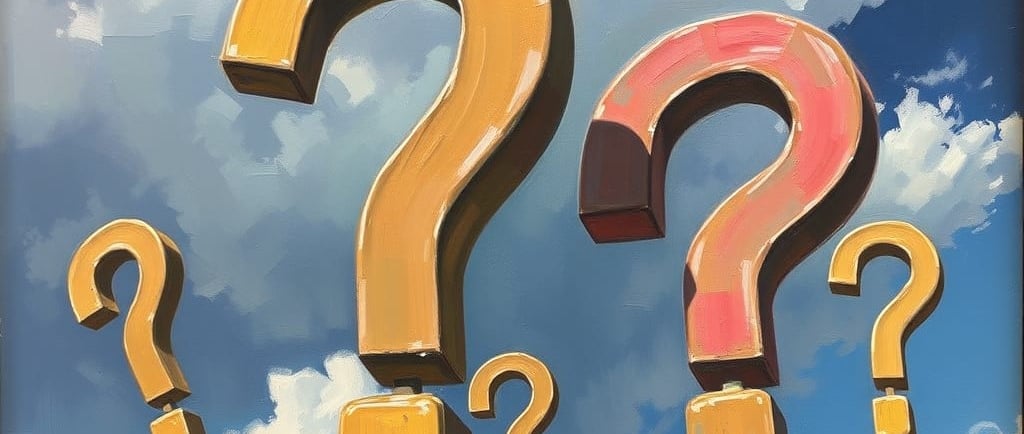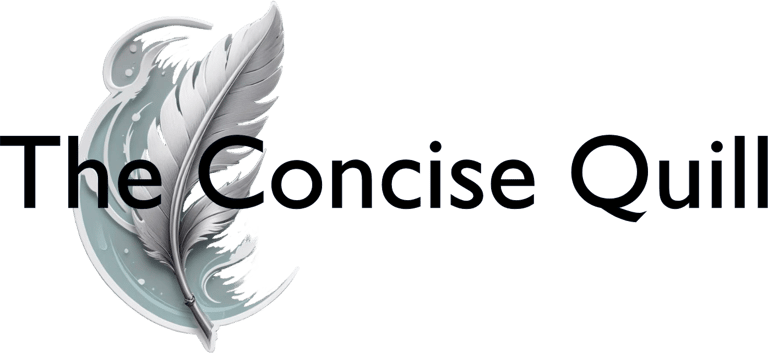Reading for Information Part 2:
The Five-Question Model. Last month, I wrote about the importance of active reading – the art and science of learning to ‘read for information’. We discussed the five actions of active reading: observing, connecting, inferring, questioning, and concluding and going further, and how these can help our students,and ourselves, to read more effectively. This month, = READ MORE
4/1/20254 min read


Last month, I wrote about the importance of active reading – the art and science of learning to ‘read for information’. We discussed the five actions of active reading: observing, connecting, inferring, questioning, and concluding and going further, and how these can help our students,and ourselves, to read more effectively. This month, I take that a step further – a sort of advanced active reading, if you will, with the Five-Question Model.
If you haven’t heard of the five-question model, that’s not surprising (in fact I’d be more surprised if you had), as it’s a model I created as a way to work with more advanced students reading more complex texts. Essentially, the model helps readers uncover the ‘so what?’ in every text by answering five key questions. These answers can then be used to create a short summary – the sort of thing you might use in an annotated bibliography, for example (which I often have students do), as well as helping students to focus on the point and purpose of the article.
So without further ado, here are the five questions:
Who is the author (and what are their credentials)?
What is the thesis statement or question?
What kinds of evidence does the author use to back up their statement or answer the question?
Does the author acknowledge alternative viewpoints or answers or explanations?
Has the author provided a compelling account (have they convinced you of their point?)
By considering these questions, the reader should gain a good understanding of the text’s purpose and authority. Let’s look a little further into ‘why’ each question is important.
Who is the author (and what are their credentials)?
Although this information is usually found either right at the beginning or at the very end of the article, chapter, or book, sometimes your students may have to do a bit of detective work and see what they can find on Google, or you can help them out with a brief bio of the author. The latter works well when the author has a more common name. For example, I often use an article on Indigenous oral traditions from the University of British Columbia’s Indigenous Foundations website, written by Erin Hanson. However, if you google ‘Erin Hanson’ the majority of the results are for an American painter by that name. But if you add ‘UBC’ to the search criteria, the right person rises to the top of the results. A little extra guidance for your students not only helps them to find the right result now, but also teaches them how to effectively refine a search.
What is the thesis statement or question?
In theory, this can be found either in an abstract, if there is one, or within the first few paragraphs of the text. Of course it’s helpful if the writer makes a statement like, “This chapter/article first discusses X, then goes on to Y and Z,” but unfortunately being a good researcher and subject expert is not synonymous with being a good writer. I have a thesis statement exercise that I often give to students when introducing this concept. Three of the six articles have great, easily identifiable thesis statements within the first two paragraphs. The other three are less easy to identify (in one, the thesis statement doesn’t make an appearance until well over halfway through). One thing that I personally find very frustrating is that if I can’t find a thesis statement until I’m on (or past) the second or third page, I then need to go back to the beginning to read with that perspective in mind. However, that doesn’t mean the articles don’t have value or that we shouldn’t assign such readings. But it is helpful for your students to learn how to identify the statement, and thus the purpose, of a reading.
What kinds of evidence does the author use to back up their statement or answer the question?
It’s important to get our students thinking about the kinds of evidence that are used in academic papers, and that both qualitative and quantitative methods have value when used correctly. Asking them to identify different kinds of evidence (i.e. stats, results of experiments, historical data, reference to other literature, personal observation and narrative, etc.) also gets them thinking about how they provide evidence in their own writing.
Does the author acknowledge alternative viewpoints or answers or explanations?
Good academic process, and the resultant writing, acknowledges limitations and looks for all possible interpretations. I recently had the pleasure of editing a paper in which the authors thought of many different ways their data could potentially be skewed, and used a wide range of controls and variables in their equations, all of which showed consistent results. This assures the reader that the results are robust. Of course in some cases, there may be no need for an alternative –for example, if the paper discusses logging in the Pacific northwest, the writer may need to convey factual information on elevation or forest type. The same is also true of certain current or historical facts. Nevertheless, it is useful for students to be able to recognise when alternative explanations should be considered.
Has the author provided a compelling account?
This gets students thinking about their ‘experience’ of the article. Has the writer proven their statement to be true, or adequately answered their thesis question? In other words, have they convinced you that they are right? Answering this question gets the students to evaluate the effectiveness of the evidence, and the relation of the evidence to the thesis question. It also makes a good concluding sentence or two in a written summary of the article.
As with the five actions of active reading, introducing the five-question model to your class right at the start of term gives them some guidance in how get the most out of their assigned readings. As an added bonus, you and your students can use this model to refine your own writing. Could a reader answer those five questions when reading your latest journal article or essay? Ask your students to edit their own essays according to these criteria too.
If you’ve ever had a student (or yourself) come away from reading an academic text wondering ‘So what? What is their point?’, the five-question model can help. By providing a structured way to approach complex texts, clarity steps in to replace confusion and our students learn to read with purpose and confidence. And after all, part of our job as educators is to encourage confidence and growth in our students’ critical thinking and writing abilities.
Next month: Evolving Away from Violent Language: Cliches that cause harm
